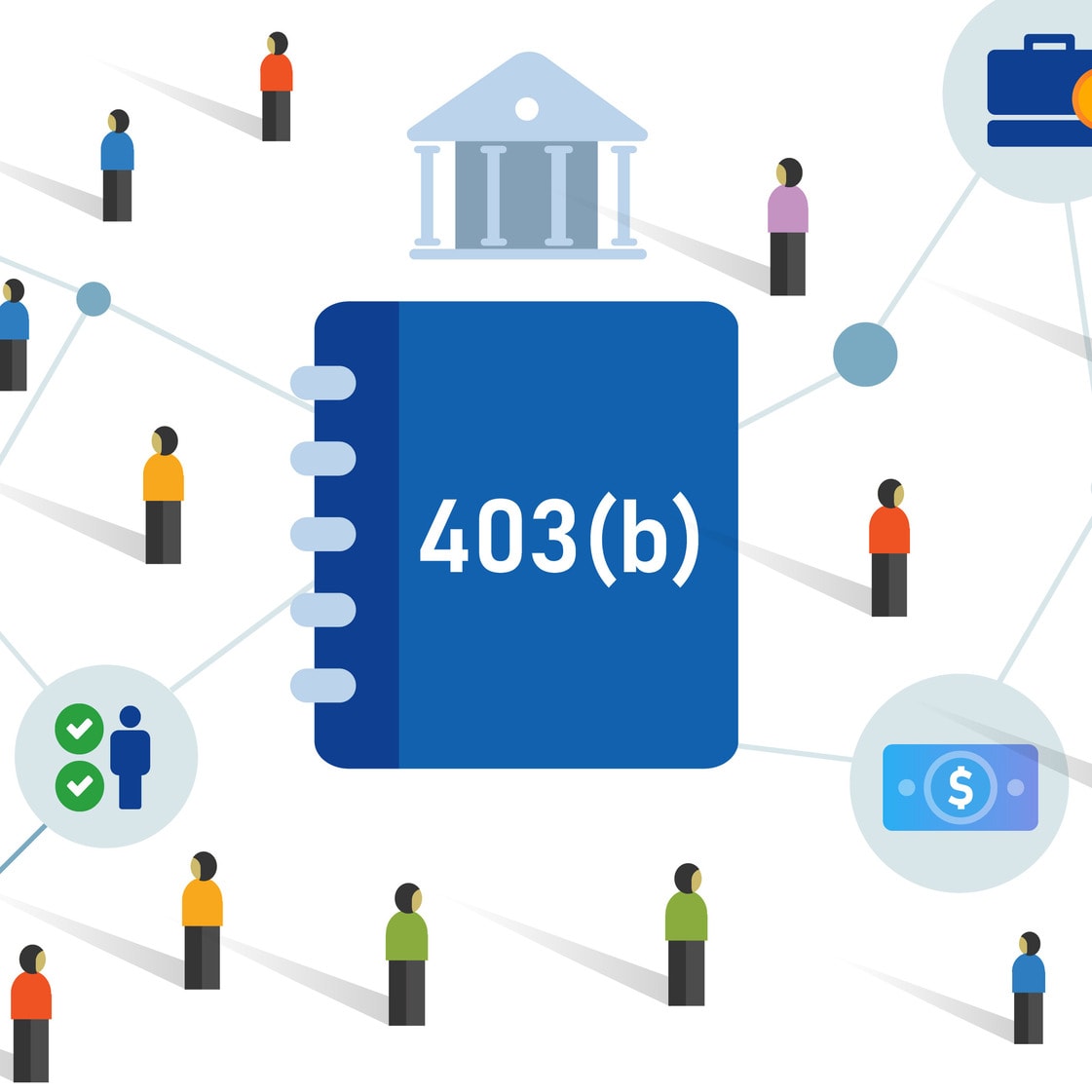In late 2022, President Biden signed into law the Setting Every Community Up for Retirement Enhancement (SECURE) 2.0 Act. Following 2019’s bipartisan SECURE Act, the latest legislation is intended to encourage more robust retirement savings. It includes several provisions affecting the 403(b) plans typically offered by nonprofit organizations. Below are some of the changes that may require plan amendments and updates to your organization’s systems and procedures.
Changes in effect now
Several critical provisions of SECURE 2.0 have already taken effect for 2023, including those affecting:
Start-up credit. The law boosts the start-up credit from 50% to 100% of administrative costs for employers with up to 50 employees. You can claim the credit for three consecutive years, up to $5,000 per year.
Required minimum distributions (RMDs). The original SECURE Act generally raised the age at which employees must begin to take their RMDs from 403(b) accounts — and pay taxes on them — from 70.5 to 72 years. SECURE 2.0 increases the age to 73 years, starting January 1, 2023. It also reduces penalties for failing to take full RMDs, from a 50% excise tax to 25%. If the failure is corrected in a “timely” manner, the penalty falls to 10%.
Multi-employer plans (MEPs). SECURE 2.0 allows 403(b) plan sponsors to join MEPs, where small and midsize unrelated businesses can team up to provide their employees a defined contribution plan. Pooling plan participants and assets in one large plan empowers smaller employers to give their workers access to the same low-cost plans offered by large employers, with reduced fiduciary duties and administrative burdens for the sponsors.
Plan investments. Investments by 403(b) plans generally have been limited to annuities and publicly traded mutual funds. SECURE 2.0 permits plan sponsors to also offer collective investment trusts.
2024 changes
Next year will see other provisions poised to kick in. For example, the new law makes some dramatic changes to the tax treatment of so-called catch-up contributions. Previously, employees could choose whether to make catch-up contributions on a pre- or post-tax basis. Beginning in 2024, catch-up contributions will be treated as post-tax Roth contributions for taxpayers with incomes of at least $145,000. This could reduce the upfront tax savings for those who max out their annual contributions, but withdrawals will generally be tax-free.
SECURE 2.0 also made changes to student loan payment matching. Younger employees sometimes are unable to take advantage of their employer’s matching contributions because they must prioritize student loan payments. SECURE 2.0 attempts to remedy that problem by permitting matching contributions to retirement plans based on an employee’s qualified student loan repayments.
Starting next year, employers can offer non-highly compensated employees Emergency Savings Accounts (ESAs) linked to their 403(b) plans. Up to 3% of their salary (or a maximum of $2,500 or less, as set by the employer) can be deferred to ESAs.
Finally, beginning in 2024, employers will be able to offer “de minimis” financial incentives (for example, gift cards in small amounts) to encourage employee participation in 403(b) plans. Employers can’t pay the incentives out of plan assets, though.
More changes on the horizon
Even more changes are in store for 2025. Look for additional catch-up contributions, expanded automatic enrollment and easier eligibility for part-time employees. We can help you stay in compliance and help your employees make the most of their retirement options.
© 2023


